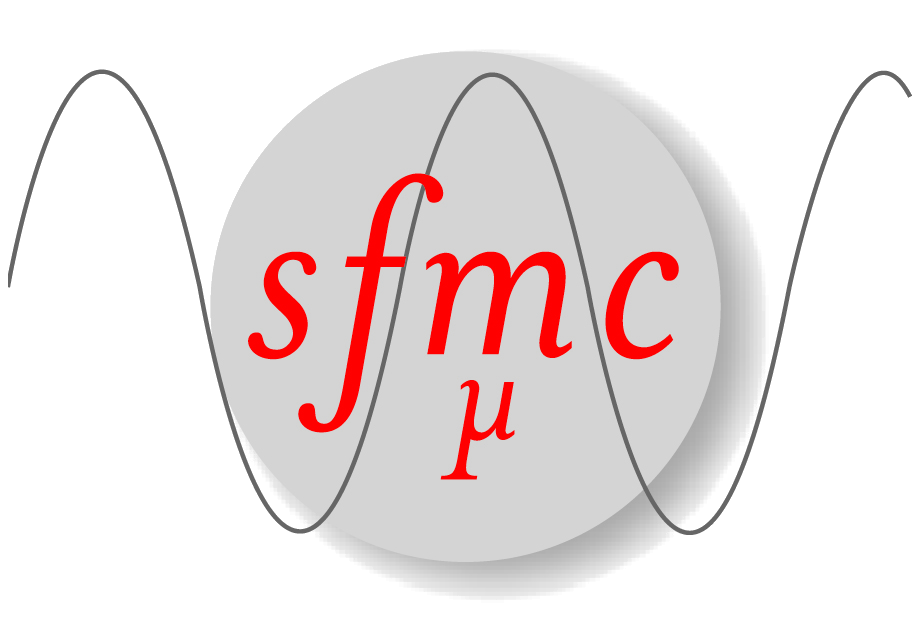Local information
With it’s strategic location in a curve of the Doubs river (the « Boucle »), at the crossing of two major european traderoutes (southwestern Europe – Germany, northwestern Europe – Italy through Switzerland), Besançon, at all times in history, has always been associated to the entire European community. The Celtic fortified town of Vesontio became with the Roman Empire the capital city of the Provincia Maxima Sequanorum, later known as the Free County of Burgundy during the Middle-Ages (approximately today’s Franche-Comté). Since early medieval times, it is the siege of a large archbishopric that contributed to the growth of the city through the centuries. It’s close links with the Holy Roman Empire (it hosted an Imperial Council in 1157 and the Emperor Friedrich Barbarossa married the heiress of the County) have made it a flourishing city : the Emperor Rudolf of Habsburg eventually made it a Free City of the Empire in 1290, and it was then politically separated from the County of Burgundy.
During the 16th century, after a period of relative peace and economic growth, it provided the Empire with great diplomats such as Nicolas Perrenot de Granvelle and his son Antoine, confidents and ministers of Charles V and Philipp II, kings of Spain and Holy Roman Emperors, heirs of the title of Count of Burgundy. After several military attempts and memorable sieges, France annexed the city, along with Franche-Comté, by the Treaty of Nijmegen in 1678. Since then, it is again the capital city of Franche-Comté and hosts the University, created in Dole by the duke of Burgundy Philipp the Good in 1423.
Close to the Swiss Confederation, Besançon and the entire region became a very important center for the French clockmaking industry as soon as the end of the 18th century, with the reknowned « Horloges Comtoises ».
The watchmaking industry became in the middle of the 20th century an important employment sector in Besançon and Franche-Comté, until the closing of LIP in the 70’s, the biggest watchmaking company of Besançon. After a successfull conversion to micro-mechanics and micro-technics, it is now a leading pole for research in Time, Frequency and Optics, with many well-known laboratories and schools : ENSMM (National School for Mechanics and Micro-technics), departments of the FEMTO-ST institute (LPMO, Laboratory of Physics and Metrology of Oscillators – LOPMD, Laboratory of Optics P.-M. Duffieux – LCEP, Laboratory of Electronic Chronometry and Piezoelectricity), the Time and Frequency laboratory (hosted by the Astronomical Observatory of Besançon, which was created in 1882 to support the growing local watchmaking industry). The old acquaintance of Besançon with Clocks and Time was recently officialised with the opening of the Musée du Temps (Museum of Time), located in the 16th century palace of the Granvelle family. Today, Besançon is still considered as the French capital for clocks and watches, and many companies related to the watchmaking industry are still present in Besançon and the region. Hometown of Victor Hugo and the Lumière brothers, the city is also reknowned for it’s life quality, with 590 acres (2400 ha.) of parks and forests for a total superficy of 1600 acres (6500 ha.) and 125,000 inhabitants. It’s historical monuments (Roman arena, Roman triumphal arch, Granvelle palace, Quais Vauban, the Citadelle, the Astronomical Clock,…), it’s international events (international music festival, Foire Comtoise,…) and it’s various museums (museum of Fine Arts and Archaeology, museum of Time,…) have all contributed to offer Besançon the label of « Ville d’Art et d’Histoire » (City of Art and History).
More information : Place of interest




